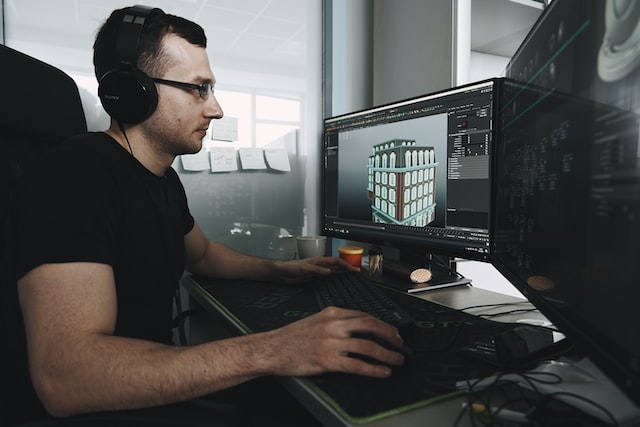Renderings are an essential part of any marketing campaign. They can help convey a message and inspire people to take action. However, if they’re not rendered properly, they can cause a loss in credibility and can even backfire. In this blog post, we will explore the basics of rendering and how you can optimize it for your introduction. We will also discuss some common mistakes that businesses make when rendering and how to avoid them. By following these tips, you can ensure that your renderings are effective and help you achieve the desired results.
What is optimised rendering?
Optimize rendering is the process of making a graphics file as small as possible while still delivering the intended image quality. Rendering is the process of taking an input, like a photograph or 3D model, and turning it into a two-dimensional representation that can be displayed on screen. Graphics files are large because they include data from multiple layers, each with its own color and transparency information. Unfortunately, this complexity can slow down a computer’s ability to render an image correctly.

One of the most common ways to improve rendering performance is to reduce the number of layers in a graphics file. This can be done by splitting complex images into separate files or by eliminating transparency information altogether. Eliminating layers also reduces the size of graphics files, but it may result in poorer image quality. To get around this tradeoff, many software programs allow users to preview their rendered images before they save them. This way, you can see how your changes will affect the final product.
Reducing the number of colors used in a graphic also has a significant impact on rendering speed. Most computers are limited by how many colors they can simultaneously represent on screen at any given time. By limiting the number of colors used in a graphic, you can free up more resources so that more layers can be processed at once.
There are many other factors that can impact rendering speed, including the type and size of graphic being rendered, the hardware specifications of your computer, and your web browser’s
How to optimize render a scene in Unity3D?
There are a few things you can do in Unity to optimize render time. The first is to make sure that your Scene is optimized for performance. This means setting up your objects properly and removing any unnecessary overhead.

You can also adjust the rendering settings in Unity itself. You can adjust the resolution, quality, and post processing effects to get the best results. Finally, you can use Unity’s built-in renderer profiling tools to see where your scene is spending its time and make changes accordingly.
All of these options are available in the Unity editor under Edit->Preferences-> Rendering.
Finally, keep in mind that Unity3D is a very powerful engine and you can often get better results by rendering your scenes using more than one render pass. Try rendering your scene with a Low Level Shader and then using a higher quality Post Processing effect to achieve the look you desire.
What are the benefits of optimizing renderings?
There are many benefits to optimizing renderings, including reducing load times and improving the overall user experience. In addition to these general benefits, optimizing renderings can also help resolve specific issues with your website or application. Here are a few specific benefits of optimizing renderings:
- Reduced Load Times
Optimizing renderings can dramatically reduce the time it takes for your site or application to load. By reducing the number of pages that need to be rendered, you can speed up the loading process overall.
- Better User Experiences
As mentioned earlier, optimizing rendering can improve the overall user experience by resolving specific issues with your website or application. This includes fixing broken links, removing ads and graphics that are no longer needed, and more. By providing a better experience for your users, you’ll increase their loyalty and keep them coming back again and again.

- Improved Navigation & Visibility
When users have trouble navigating your site or finding what they’re looking for, it can quickly become a frustration. Improving navigation and visibility through optimized renderings can help address this issue and make your site more user-friendly overall.
- More Reliable Data Delivery & Performance
By working with our team of experts, you can ensure that all of your data is delivered in a reliable manner and performs as expected – no matter what type of content is being used on your site or application. By optimizing renderings, you’ll minimize
Conclusion
Thank you for reading this article on optimizing rendering to introduce. This is an important subject to be able to properly render web pages, as it can result in a more pleasant user experience and increased click-through rates. Many modern browsers have built-in optimizations that can be enabled to improve the performance of your pages, so make sure that you are taking advantage of these features if possible. Finally, remember to test your pages on a variety of devices to ensure that they look great on all types of screens!





